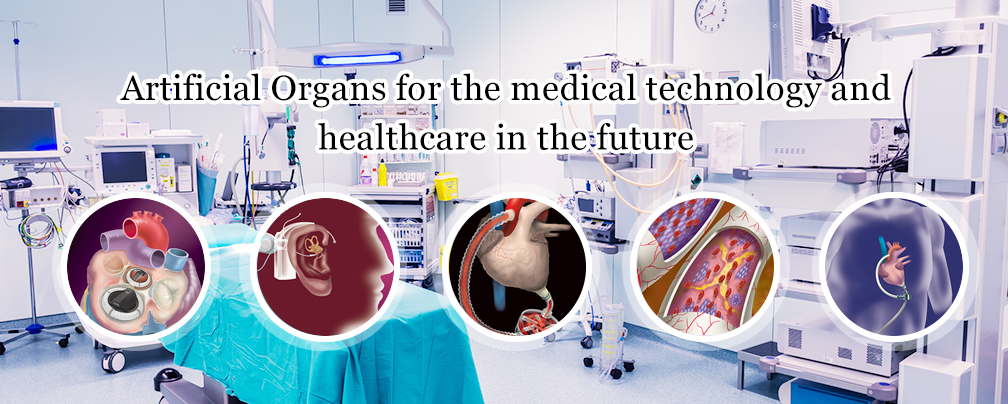Lorem ipsum dolor sit amet, consectetur adipiscing elit. Sed mattis augue in odio suscipit, at.Lorem ipsum dolor sit amet, consectetur adipiscing elit. Sed mattis augue in odio suscipit, at. Lorem ipsum dolor sit amet, consectetur adipiscing elit. Sed mattis augue in odio suscipit, at.
Technology and medicine have gone hand and hand for many years. Consistent advances in pharmaceuticals and the medical field have saved millions of lives and improved many others. the years pass by and technology continues to improve, there is no telling what advances will come next. Here are the top 10 new medical technologies in 2019:
Inhalers are the main treatment option for asthma and if taken correctly, will be effective for 90% of patients. However, in reality, research shows that only about 50% of patients have theircondition under control and as many as 94% don’t use inhalers properly.
Inhalers are the main treatment option for asthma and if taken correctly, will be effective for 90% of patients. However, in reality, research shows that only about 50% of patients have their condition under control and as many as 94% don’t use inhalers properly.
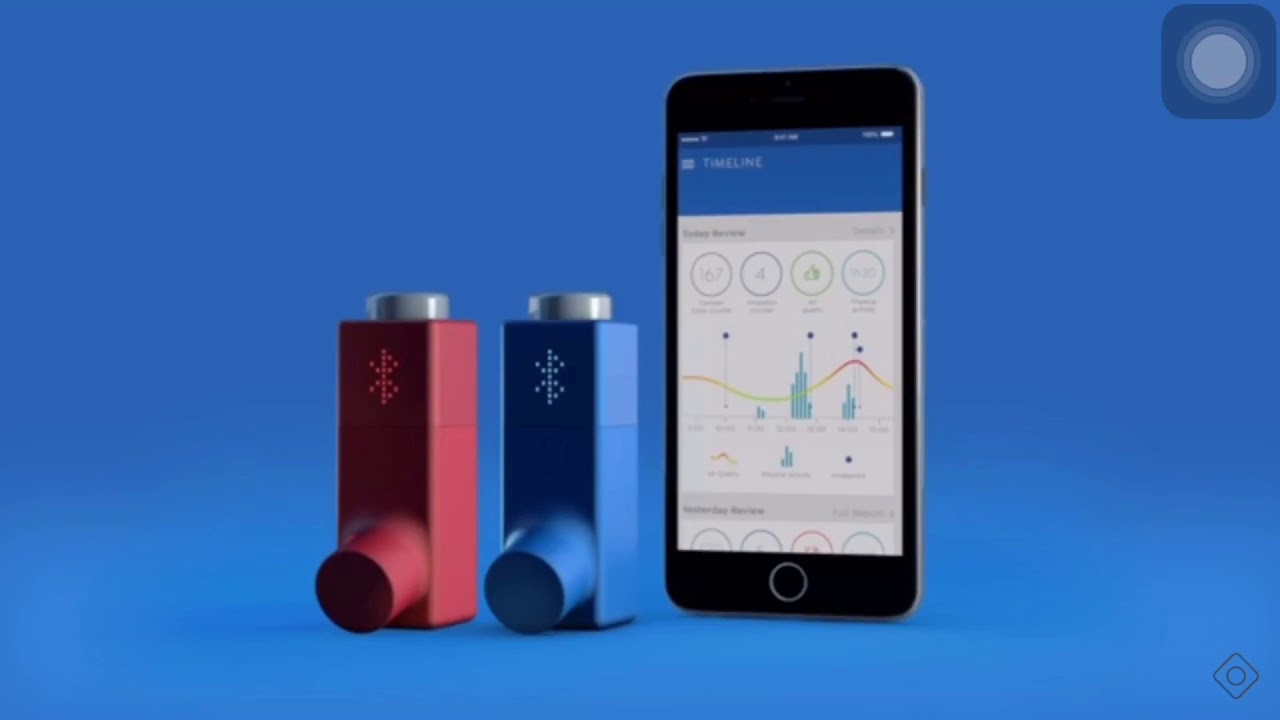
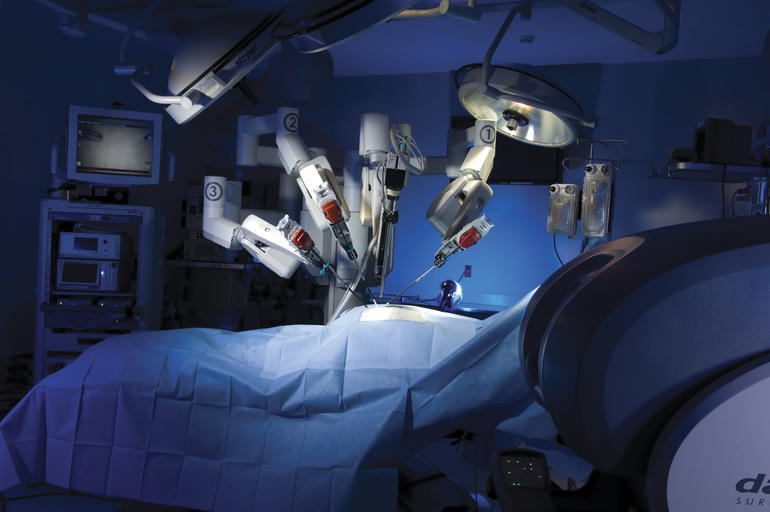
Robotic surgery is used in minimally invasive procedures and helps to aid in precision, control and flexibility. During robotic surgery, surgeons can perform very complex procedures that are otherwise either highly difficult or impossible. As the technology improves, it can be combined with augmented reality to allow surgeons to view important additional information about the patient in real time while still operating. While the invention raises concerns that it will eventually replace human surgeons, it is likely to be used only to assist and enhance surgeons’ work in the future. Read more about robotic surgery here.
Thanks to plastics, medical advances have allowed scientists and doctors to team up and create bioresorbable electronics that can be placed in the brain and dissolve when they are no longer needed, according to Plasticstoday.com. This medical device will aid doctors in measuring the temperature and pressure within the brain. Since the sensors are able to dissolve, they reduce the need for additional surgeries.
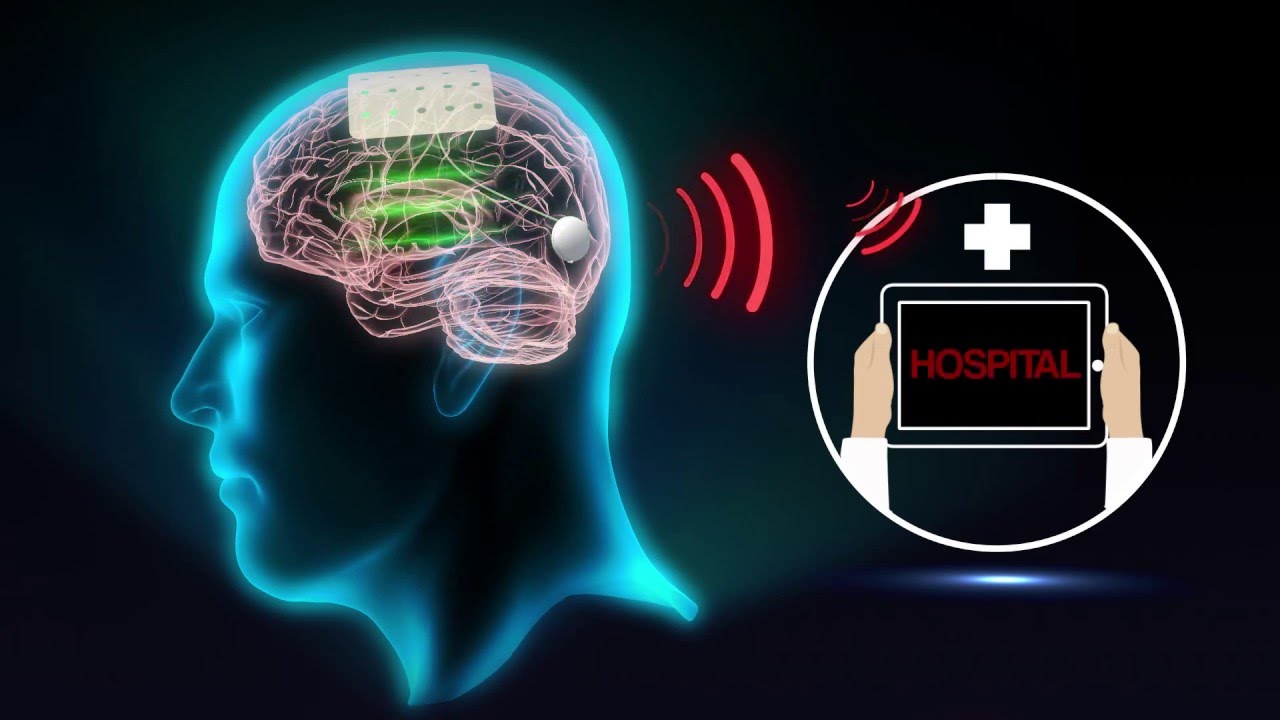
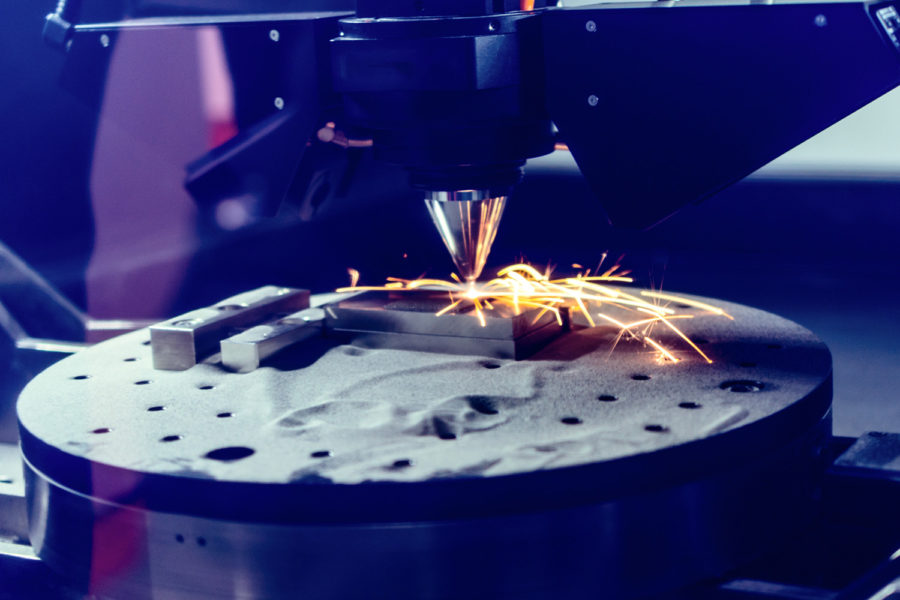
If you haven’t heard, 3-D printers have quickly become one of the hottest technologies on the market. These printers can be used to create implants and even joints to be used during surgery. 3-D-printed prosthetics are increasingly popular as they are entirely bespoke, the digital functionalities enabling them to match an individual’s measurements down to the millimetre. The allows for unprecedently levels of comfort and mobility.
The use of printers can create both long lasting and soluble items. For example, 3-D printing can be used to ‘print’ pills that contain multiple drugs, which will help patients with the organisation, timing and monitoring of multiple medications. This is a true example of technology and medicine working together.
To take 3D printing up another notch, bio-printing is also an emerging medical technology. While it was initially ground-breaking to be able to regenerate skin cells for skin draughts for burn victims, this has slowly given way to even more exciting possibilities. Scientist have been able to create blood vessels, synthetic ovaries and even a pancreas. These artificial organs then grow within the patient’s body to replace original faulty one. The ability to supply artificial organs that are not rejected by the body’s immune system could be revolutionary, saving millions of patients that depend on life-saving transplants every year.
